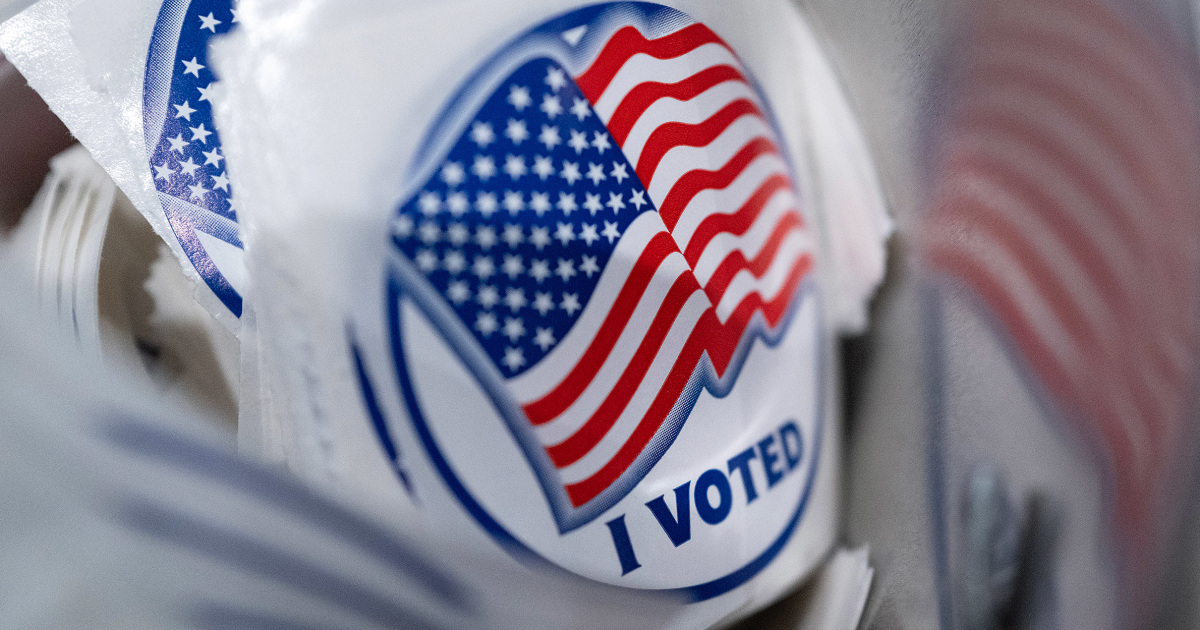NASA’s efforts to return astronauts to the moon have been delayed — again.
The agency announced Tuesday that its next Artemis mission, which was to have sent four astronauts on a flight around the moon in a next-generation capsule, will launch in September 2025 rather than later this year.
A subsequent mission to actually land astronauts near the moon’s south pole will be delayed to September 2026.
NASA said the two flights are being pushed back to allow enough time to test new technologies on the Orion spacecraft for crewed moon missions.
“We are returning to the moon in a way we never have before, and the safety of our astronauts is NASA’s top priority as we prepare for future Artemis missions,” NASA Administrator Bill Nelson said in a statement.
The extra time will also give teams the chance to finish investigating and troubleshooting issues that cropped up during the first uncrewed Artemis test flight, which took place in late 2022, according to NASA. Those outstanding investigations include scrutiny of a battery issue and problems with components related to the Orion capsule’s air ventilation and temperature control systems, the agency said.
“Artemis is a long-term exploration campaign to conduct science at the moon with astronauts and prepare for future human missions to Mars,” Amit Kshatriya, the deputy associate administrator of exploration systems development at NASA headquarters, said in a statement. “That means we must get it right as we develop and fly our foundational systems so that we can safely carry out these missions.”
The latest setback follows years of holdups and budget overruns with the Artemis program. NASA as spent more than $42 billion over more than a decade on developing its new Space Launch System mega-rocket and Orion spacecraft to take astronauts back to the moon.
Last year, NASA’s inspector general released a report outlining the challenges around the enormous price tag and the ambitious schedule for the Artemis program. The report estimated that each Artemis launch would cost $4.2 billion, making the lunar missions difficult to sustain alongside NASA’s other exploration goals.
The Artemis program is named for the goddess of Greek mythology who was the twin sister of Apollo. As part of the initiative, NASA envisions launching regular missions to establish a base camp on the lunar surface before it eventually ventures on to Mars.
The commercial space industry is expected to play a key role in the Artemis program. Companies such as Elon Musk’s SpaceX, Jeff Bezos’ Blue Origin and others are developing various components or vehicles to support NASA’s efforts.
The agency is also looking to dole out contracts to private companies to transport scientific experiments and equipment to the lunar surface. One such company, Astrobotic Technology, launched a commercially built lander to the moon on Monday, but the spacecraft suffered a malfunction shortly after liftoff that the company said will prevent it from reaching the lunar surface.
The renewed focus on the moon extends beyond NASA and the U.S.: India’s space agency landed a robotic spacecraft on the moon last year, and China, which already placed a lander and a rover on the far side of the moon in 2019, is expected to ramp up its lunar exploration program in the coming years.











